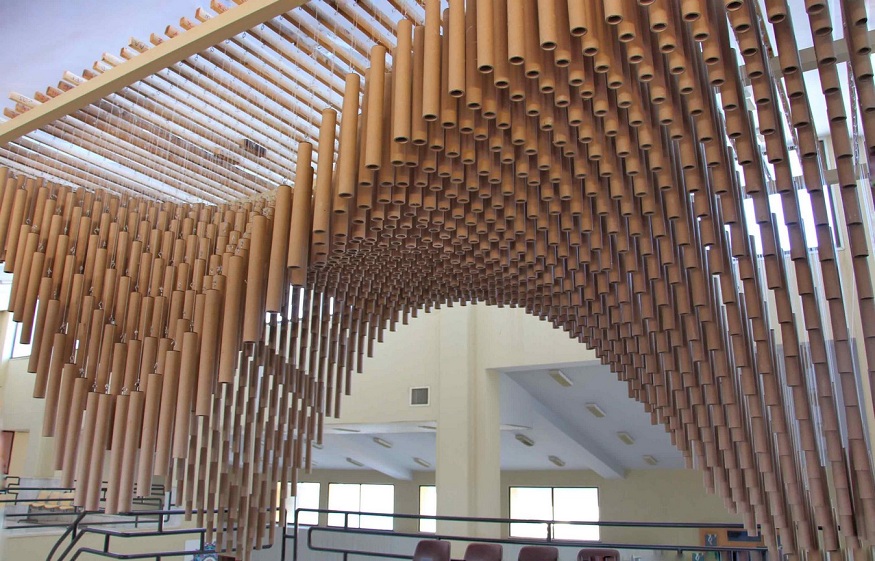
Matt Davies Stockton Examines How Parametric Design is Changing Architecture
Introduction
According to Matt Davies Stockton, parametric design involves a computerized and algorithmic design process that rejects homogenous utilitarianism and blends complexity and variety. Essentially, the parametric design utilizes free-form architectural concepts such as curves, irregular shapes, and sweeping lines.
The Details
Here are a few ways parametric design is changing architecture:
1. It merges functionality with aesthetics –
Parametric design merges the designer’s aesthetic vision with functionality to solve complex functional and contextual issues. As a result, it makes troubleshooting perceptive, structural, visual, and material problems much easier.
Since the parametric design process is dependent on digital methods, it allows for more freedom in the design conceptualization process compared to automated manufacturing methods. As a result, it improves the functionality and quality of the overall architecture.
2. It utilizes the power of computation –
It is a well-known fact the design of various architectural styles is limited to common trends which stifles innovation. Parametric design is one of the best ways to create designs that have never been conceptualized before since it depends on computation, which is an algorithmic and mathematical process used by the computer.
It’s not about simply drawing a 3-D model of a building or putting a design into a digital format. It’s about creating whole new design concepts that are era-appropriate. Thus, using the parametric design is one of the few ways to design and build high-quality buildings for modern society that takes into account the needs of modern people.
3. It is a highly adaptive architectural style –
There are fundamental differences between modern architecture style and parametric architecture style. The former focuses on mass production, universalism, homogeneity, and standardization while the latter is highly adaptive, heterogenous, contextual, and mass customized.
Essentially, it helps to shift your mindset and change how you look at and think about designs. And this shift is important since the third industrial revolution is the era of customization, robotics, and computation that involves digital processes, ongoing changes, new programming languages, and more.
4. It is a solution for managing complexity better –
One of the primary hurdles of designing high-quality modern buildings is that designers need to account for various factors that introduce many complexities in the design process. For instance, they need to account for material technologies, programs, user interface, manufacturing, environmental factors, and more.
This makes the design process much more time-consuming and can introduce a lot of errors in the design process since the final output is dependent on the capability of the architect. Parametric design helps to solve this problem since it already includes all the essential parameters that the architect needs to work with.
Conclusion
Matt Davies Stockton believes that data management is more straightforward when using parametric design since you just have to feed certain initial parameters to the AI system and just wait for the output. This not only reduces the time commitment but allows users to generate multiple output variations with a combination of past and new data and build better designs.


